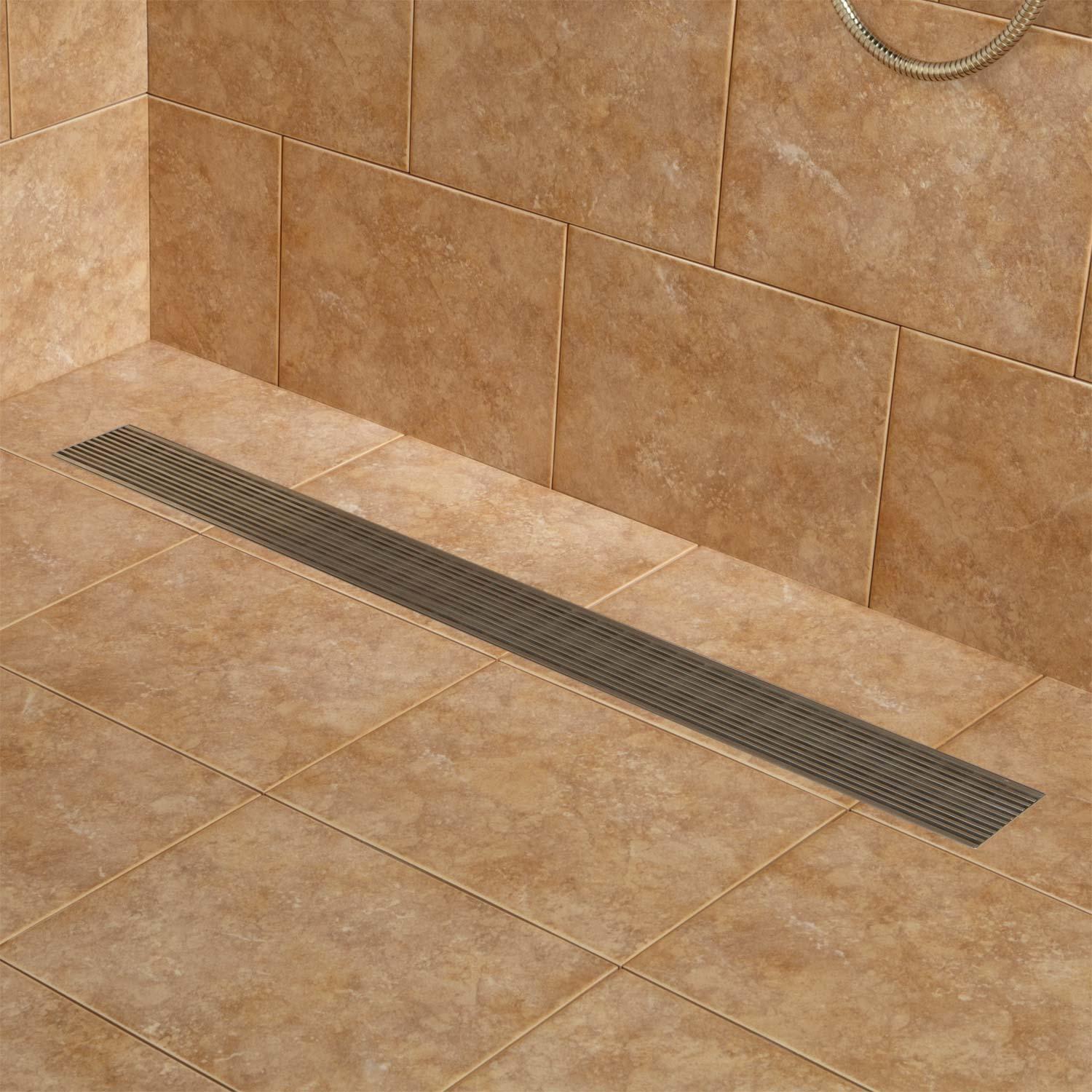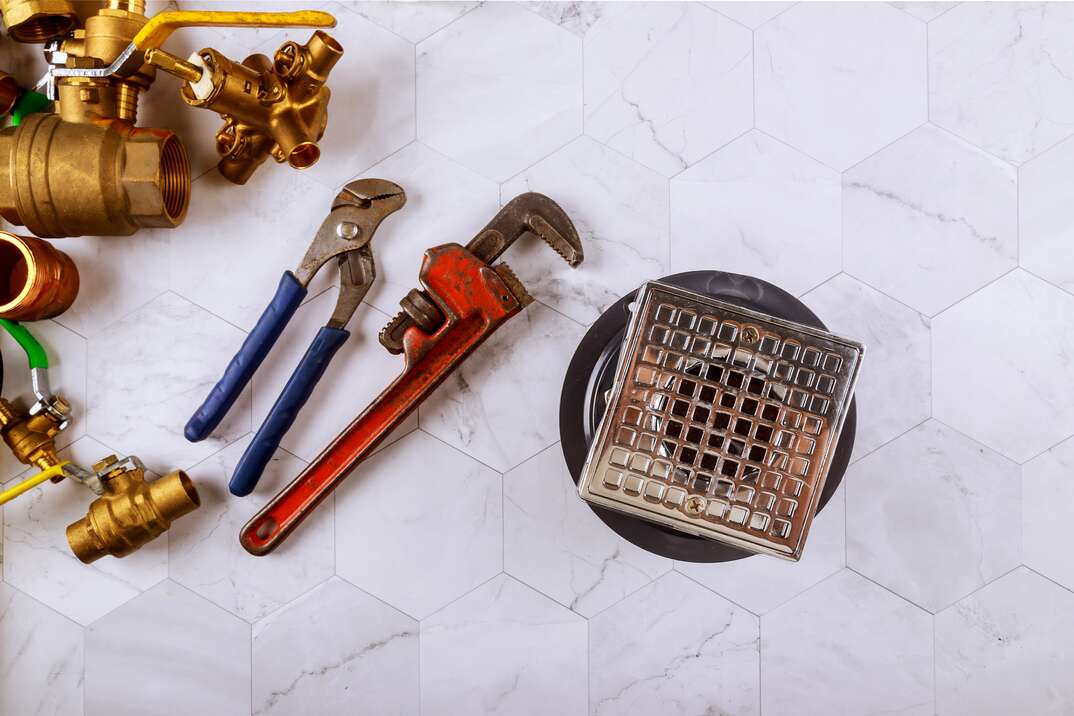How To Successfully Handle Your Own Bathroom Drain Setup
How To Successfully Handle Your Own Bathroom Drain Setup
Blog Article
Each person maintains his or her own conception involving How to Install a Shower Drain.

Upgrading a restroom is just one of the much more preferred home enhancement tasks. Dealing with the plumbing for draining your shower can be extremely basic unless you overdo.
Handling Your Own Shower Drain Installment Task
Whether you are a bathtub or shower person, many people search for shower only options when acquiring a residence. This easy fact suggests more than a few house owners spend a weekend upgrading or mounting showers in their bathrooms. Luckily for you, it is a rather simple process.
A collection agency or frying pan refers to the straight surface area located at the bottom of the shower. The collector typically consists of a non-slip surface slightly banked in the direction of the center or anywhere the drainpipe is located. Combined with three to four inch wall surfaces around the side, the objective of your shower drain plumbing is to get the water to stream to and also down the tubes.
You can literally construct a collector for your new shower, but you truly need to think about it. Do you really wish to enter into the complications of obtaining the sloping right, in addition to making sure every facet of it is water resistant? And also I indicate every aspect! It is a lot easier to merely get a pre-cast collector online or at your regional Lowes, Residence Depot or hardware shop. Structure one might seem like a terrific suggestion, but you will most likely really feel differently after a couple of hours.
No matter just how you go about getting a pan, you must strive to make use of one that has the drain located in the same spot as the original pan. Moving the drain pipes can be a task, particularly if the contractor utilized a special framing structure. If you are identified to move the drain, you are mosting likely to need to cut down the pipe or lengthen it, which might indicate ripping up big chunks of the flooring. Rephrase, you are going to be taking a look at a multiple weekend break project.
Presuming we have our drainpipe aligned, the real attach is rather easy. The drain pipeline ought to be facing vertical approximately the enthusiast. It will certainly typically look like a "U", which means it serves as a cleanout to keep nasty scents from returning up from the drain. To attach the drain, you are mosting likely to create a water tight link between a drain cap on the top of the pan and the drain pipe. Solutions differ, yet you are typically mosting likely to do this by placing a coupling item on the top of the drainage pipeline. This is then covered with gaskets and also actually screwed right into the drain cap. The drainpipe cap should function as a locknut, to wit, it screws directly onto the combining.
The tricky part of this process is obtaining your drainpipe cap to fit into a leak-proof placement in the pan. This is achieved by withdrawing the drainpipe cap once you are sure whatever meshes. Then, you placed plumbings putty around the underside of the cap and after that screw it back on. The putty must create a limited seal in between the cap and also the shower frying pan, which maintains water from dripping under it as well as into the framing under the shower.
Obviously, restroom showers come in a wide range of styles nowadays. If you buy a collection agency, they almost always included plumbing instructions or the store can keep in mind anything uncommon you should understand. It seems intricate, but is normally pretty simple. Have a good time!
How to Install or Replace a Shower Drain
The type of shower drain you install depends on several factors, including the flooring material and your particular scenario. Below are two popular options when it comes to installing a shower drain.
How to Install a Shower Drain on a Prefabricated Shower Pan
When renovating a bathroom, a new shower drain should always be part of the process. A drain assembly — which consists of a drain body, strainer, compression gasket, compression nut, compression wrench, drain nut, fiber gasket and rubber gasket — will cost you between $7 and $60 at your nearest hardware store. This is the piece you will attach to a preformed shower pan, a one-piece base that is usually made from acrylic and reinforced with fiberglass.
You’ll need some plumber’s putty to act as a sealant between the shower pan and the drain assembly. Roll the putty into a half-inch bead and wrap it around the underside of the drain body flange. Insert the drain body through the hole of the shower pan from the top and press down firmly (do not twist) to form an even seal.
At the bottom of the shower pan, place the rubber gasket and fiber gasket (in that order) onto the drain body. Insert the drain nut and tighten it with your hand. When it gets too hard to turn, use a set of adjustable pliers or a wrench to tighten it all the way through. Use your index finger to remove any excess putty from the top of the drain.
For this part, get a buddy to help you lower the shower pan onto the shower base. The shower base, in this scenario, is the substructure of the shower’s subfloor. It will have a drain hole with a 2-inch drain pipe located in the middle. The drainpipe should be positioned in the center of the drain body as you’re lowering the shower pan onto the shower base.
Once this is done, grab the compression gasket and insert it from the top of the hole, bevel side up, making sure that it fits in the space between the drain body and pipe. Push it down until it sets at the bottom.
Next, thread the compression nut over the drain pipe. Insert the compression wrench into the compression nut and tighten with a screwdriver. Finish the shower drain install by snapping strainer or drain cover onto the drain body.
How to Install a Shower Drain for a Tile Floor
Since tiles are square (in most cases), you will need a drain assembly with a square strainer. There are essentially three parts to a tile floor assembly: the drain barrel (where the strainer is attached), drain body and clamping ring.
Begin installing the shower drain after you’ve finished installing the subfloor and drain pipe. Fit the drain body over the drainpipe, ensuring that the flange is resting on the subfloor. Use solvent cement to bond them together.
Next comes the bottom mortar bed. Be sure to cover the drain body with a clean rag before you apply it so the drainpipe remains clean. Lay down the layer of mortar starting from the wall. Make sure there is a slope every ¼ inch per foot, all the way to the drain’s opening. The mortar bed should be flush with the drain body’s flange.
Wait for the mortar bed to dry. Afterward, install a pan liner on top of it. This is a waterproof membrane that catches any water that seeps through the mortar bed and directs it towards the drain. Cut a hole in the membrane around the drain hole and around the inner and outer mounting holes of the drain body. Screw some bolts into the outer mounting holes to secure the pan liner and drain body to the subfloor.
Place the clamping ring above the membrane. Align its mounting holes with the ones on the drain body and screw it in. This will sandwich the membrane between the drain body and the clamping ring. Fill the shower floor with 2 to 3 inches of water to check if the membrane has any leaks.
If there are no leaks, screw the drain barrel into the clamping ring; stop when it reaches the height you want. Leave at least 1 inch of space between the drain body and the top of the drain barrel. Apply another mortar bed layer on top of the pan membrane and finish installing the tile floor once it’s dry.
How to Replace a Shower Drain from Underneath
If the shower drain replacement is on a prefabricated shower pan, you have to go at it from the bottom. This will allow you to effectively take the drain assembly apart. Be sure to turn off the electricity in the area you’ll be working in before you begin. Then, use a flat screwdriver to pop the strainer out of the drain body to expose the compression nut. Insert your compression wrench into the compression nut and turn it counterclockwise with a screwdriver to unscrew it.
Using a combination of a utility knife and drywall saw, cut a rectangular hole in the ceiling beneath the drain. Make sure the hole is big enough to fit adjustable pliers and is along the joist so you have something to support the new drywall when patching it up. Use the adjustable pliers to loosen the drain until you can remove the rest of it with your hand. Follow that up by removing the rubber and fiber gaskets as well.
If you see that the drainpipe is welded or glued to a U-shaped pipe (also called the P-trap), you'll need to cut it. This will make it easier to push out the drain pipe and cut out the drain body. However, you'll need to know how to replace a shower drain trap as well once you cut it. Without the P-trap, sewer gases can travel into your home through the drain line. In addition to the unpleasant smell, long-term exposure to this gas can be harmful.
Install a new drainpipe in the shower base and repeat the steps on how to install a shower drain on a prefabricated shower pan. Repeat the above steps for installation — from inserting the drain body, to tightening the drain nut, to snapping the drain cover on top of the drain. However, since the shower pan is already on the floor, you don’t have to struggle with lowering and positioning it.
Assemble a new P-trap by gluing its pieces together and gluing the assembly to the drainpipe. Turn on the water and dash back downstairs to see if there are any leaks. If there are no leaks, patch up the drywall.
How to Replace a Shower Drain from the Top
When performing a shower drain replacement on tile flooring, you don’t need to go underneath. Start by unscrewing the drain barrel, cleaning the drainpipe and covering the hole to prevent debris from falling in it. Then, carefully pry out the tiles around the shower drain and chisel that area until the subfloor and mounting bolts are exposed. Unscrew the bolts and remove the clamping ring and drain body.
Install the new tile floor assembly while patching up the membrane and mortar bed. Don’t forget to check for leaks when you’re done. To patch the membrane, cut a new piece of membrane to fit the area you destroyed. Make holes for the drain and the mounting holes of the drain body. Apply caulk along the chiseled area and apply the patch. Leave the caulk to dry and patch the mortar bed with deck mud.
https://www.homeserve.com/en-us/blog/how-to/shower-drain-installation/

Do you like reading about How to Install a Shower Drain? Give feedback down below. We'd be glad to see your suggestions about this blog. We are looking forward that you come back again later on. Feel free to take the time to promote this post if you enjoyed it. I thank you for reading our article about How to Install a Shower Drain.
Report this page